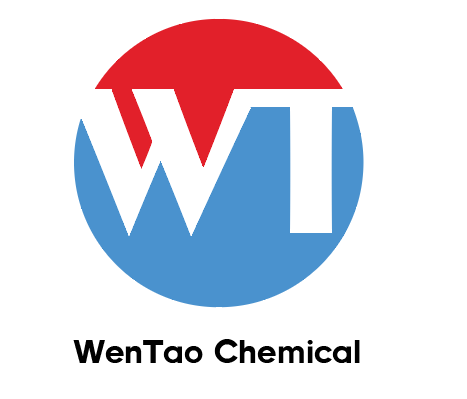Sodium Tetra Fluoroborate CAS No.: 13755-29-8CAS NO.: 13755-29-8 CAS NO.13755-29-8
- FOB Price: USD: 4.00-5.00 /Kilogram Get Latest Price
- Min.Order: 1 Kilogram
- Payment Terms: L/C,D/A,D/P,T/T,Other
- Available Specifications:
top grade (1-10)Kilogramtop grade (10-100)Kilogram
- Product Details
Keywords
- Sodium tetrafluoroborate
- high purity Sodium tetrafluoroborate
- 99.5% Sodium tetrafluoroborate
Quick Details
- ProName: Sodium Tetra Fluoroborate CAS No.: 137...
- CasNo: 13755-29-8
- Molecular Formula: BF4Na
- Appearance: colourless liquid
- Application: Catalyst and Auxiliary
- DeliveryTime: In stock
- PackAge: Aluminium Foil Bag and Paper Drum
- Port: China main port
- ProductionCapacity: 10000 Gram/Day
- Purity: 99%
- Storage: Room temperature
- Transportation: By sea or by air
- LimitNum: 1 Kilogram
- first class: 1-10
Superiority
Details
| Description | Sodium tetrafluoroborate is an organic compound that has the molecular formula NaBF4. The compound is a salt that forms white or colorless water-soluble rhombic crystals. It is less soluble in organic solvents and readily soluble in water. |
| Preparation |
Sodium tetrafluoroborate can be prepared by reacting tetrafluoroboric with sodium carbonate or hydroxide. NaOH + HBF4 → NaBF4 + H2O Na2CO3 + 2 HBF4 → 2 NaBF4 + H2O + CO2 |
| Applications |
Sodium tetrafluoroborate can be used as a catalyst for the synthesis of bis(indolyl)methanes via electrophilic substitution reaction of indoles with ketones and aldehydes. In the synthesis of ionic liquids such as trihexyl(tetradecyl)phosphonium tetrafluoroborat and 1-butyl-3-methylimidazolium tetrafluoroborate. In the laboratory, sodium tetrafluoroborate may be used for the synthesis of boron fluoride. It may also be used in the synthesis of fluoroheterocyclic and fluoro-nucleic acids. The compound is also used in metal finishing, fluxes, and plating circuits. |
| Chemical Properties | white crystals or powder |
| Uses | Fluorinating agent, see Lawton, Levy, J. Am. Chem. Soc. 77, 6083 (1955). |
| Safety Profile | Moderately toxic by subcutaneous route. When heated to decomposition it emits toxic fumes of Fand Na2O. |
| Purification Methods | Crystallise the fluoroborate from hot water (50mL/g) by cooling to 0o. Alternatively, free it from insoluble material by dissolving it in a minimum amount of water; then fluoride ions are removed by adding concentrated lanthanum nitrate in excess. After removing lanthanum fluoride by centrifugation, the supernatant is passed through a cation-exchange column (Dowex 50, Na+-form) to remove any remaining lanthanum [Anbar & Guttman J Phys Chem 64 1896 1960]. It has also been recrystallised from anhydrous MeOH and dried in a vacuum at 70o for 16hours. Keep it dry as it is hygrosopic. [Delville et al. J Am Chem Soc 109 7293 1987.] |


 Diamondsupplier
Diamondsupplier 



